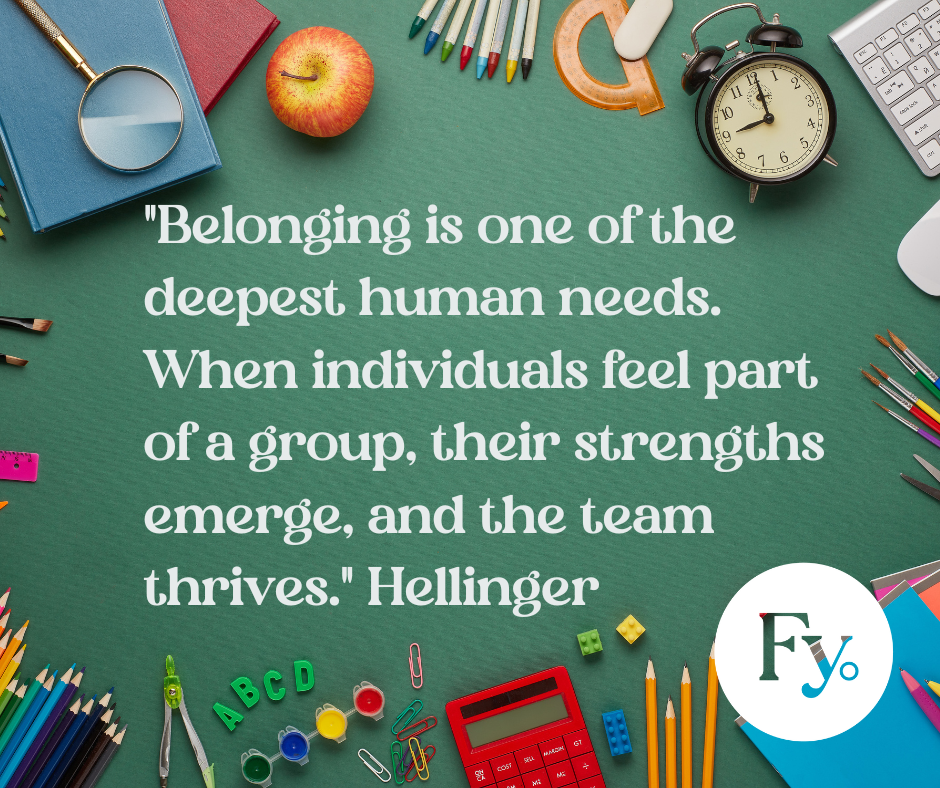
Although we’ve seen significant growth of women’s networks in particularly in larger organisations, the evidence for whether they’re creating the change that’s required for a truly gender equal workplace, is a long way from being realised.
These networks have been viewed as being vital for promoting diversity, supporting women’s career progression and creating more inclusive work places. They often welcome men and tend to focus on recruitment, retention and role modelling. They’re typically delivered through regular events to inspire and motivate employees at all stages in their careers.
Despite progress, women are still underrepresented in senior leadership roles. As of recent reports, women hold only 31% of senior management positions globally. 1 in 3 women consider downshifting their career due to burnout and women still largely hold the dominant proportion of responsibility for care and household management.
The benefits to setting up and sustaining a women’s network in your organisation;
- Career development and mentorship – spot light on female talent
- Skill enhancement and training – networks often organise specialist training and speakers to enhance skills
- Support and advocacy – offering emotional and professional support, helping each other to over come workplace challenges and advocate for work life balance
- Increased visibility – ensuring diverse candidates are considered for promotions
- Cultural change and inclusion – they promote diversity and inclusion (although largely not accountable for it not have authority to drive the change fully)
- Community – women’s networks often expand their outreach beyond the organisation contributing to charities, mentorship, and sponsorship
- Enhanced organisational performance – companies with active networks tend to see higher employee engagement, better job satisfaction, and lower burn-out rates
- Networking and collaboration – women’s networks provide more opportunity to connect, share experience and collaborate on projects
With all those benefits possible for all, it’s essential that we ask why these networks often struggle to create the genuine impact their members so desire and why organisations are not doing more to support and sustain the impact that’s possible from them.
The barriers to a successful women’s network;
- Limited resources – Often run by volunteers who all have day jobs and may lack sufficient funds, time and admin support to advocate for change effectively
- Perception challenges – Can be seen to be exclusive and end up reinforcing gender divisions rather than promote inclusion
- Equality doesn’t equate to women’s needs – Equality doesn’t necessary make the work place a more inclusive place for women. We still operate very much in a mans world designed by man to work for man. For it work for women we need change beyond equality.
- Symbolic vs Effective – so many women’s networks are set up to pay lip service to the gender debate. A perception of doing the right thing rather than actually doing the right thing Influencing corporate politics, improving career progression, addressing pay equality and workplace harassment all require a significant amount of effort, energy and authority
- Sustaining engagement for members – when facing heavy workloads and seeing little real evidence of change, it can become hard to sustain engagement among members
- Measurement and accountability – holding your own organisation to account for progress can be a minefield to navigate alongside risks to your own career progression (the irony is not lost here). Clear metrics and reporting are essential to reporting on progress for all involved
- Navigating politics – it’s not easy trying to inspire change when there is resistance. Pushback from colleagues or worse still, the board/senior leadership who do not see the value of such initiatives or feel threatened by the initiative
- Burnout – current stats suggest women are currently more susceptible to burnout due to carrying the additional responsibilities of life and families on top of their careers.
We know there are many benefits to have, but the challenges are real and largely unsurmountable without a significant shift by those who hold most authority.
12 ways to transform your women’s network for greater success
- Rebrand – Don’t call them women’s networks. If you want to make this inclusion, make it gender neutral. The equality network will be more likely to speak to men as well as women. Possibly consider pooling all your diversity groups together – there’s power in collaboration.
- Clear measures – make sure measurement is tangible and focuses on benefits to men and women
- Board level buy in – The board needs to be accountable for driving the change in agreement and consultancy with members of the network. Network members should be seen as experts and consult as having authority to hold the board to account. How this is done needs to be carefully contracted and agreed by all parties.
- Balance out inspiration with deeper development interventions – most networks are largely resourced by 90 minute talks and workshops. Such interventions will inspire and offer practical tips that can be applied, but they will not resource the confidence and courage needed to tackle real change. Network development circles, peer learning, action learning, and deeper developmental programmes should be invested in alongside the more practical interventions.
- Resource and budget for success – most networks are under budgeted or not budgeted at all. This increases pressure on volunteers to deliver change on a shoe string. As well as having a knock on impact on suppliers, speakers and workshop providers (largely and often women running their own businesses). Often invited to deliver for a third of their typical fee due to budget restrictions.
- Champions – allocate champions in all areas of the business and don’t rely solely on volunteers.
- Research – every organisation is unique and their employees needs are also unique and ever changing. Regular research (beyond quick satisfaction survey’s) to tap into the deeper roots that prevent change to empower and prioritise efforts
- Support team – for women’s networks they MUST have at minimum representation from HR, L&D, Commercial, Internal communications, office management, leadership. It takes a village…not a family.
- Professional development – offer and invest in training and development to provide confidence and competence in the skills required to lead change effectively.
- Lighten the duties of key network members – real change requires commitment of time and effort. Women are already the most susceptible to burnout, make the challenge easier by resourcing the team to succeed.
- External collaboration – cultivate a community with other women’s networks to share wins and support through challenges.
- Manage succession – network leadership will need to be shared and rotated to encourage engagement more broadly and sustain fresh perspectives
So gender equality networks can create a whole heap of positive change for organisations. Change that benefits all people in the short and long term.
If they’re going to be impactful and good use of your peoples time and energy, they need to be set up for success and supported well.
We offer talks, workshops and strategic support to organisations and women’s networks looking to transform their networks success.
Get in touch to find out more jennifer@wearefrankly.co.uk




